Black residents have died from COVID-19 at nearly 6 times the rate of white residents in D.C.

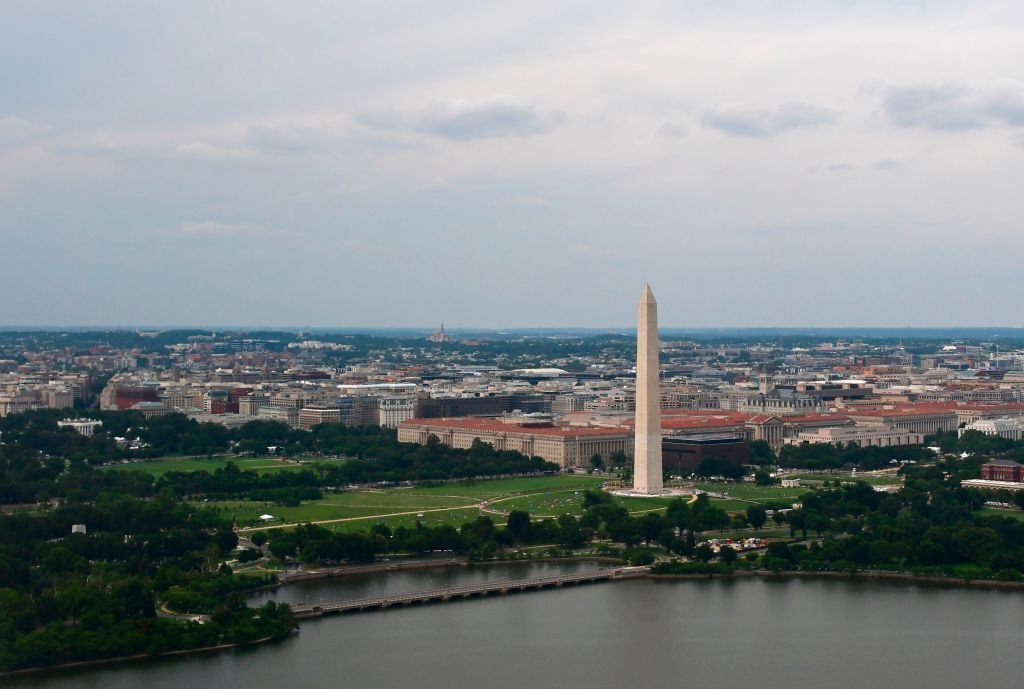
It's been widely reported that Black Americans are dying at a higher rate than white Americans from the coronavirus, but the disparity is particularly pronounced in the nation's capital, American Public Media reports.
The fatality rate among Washington, D.C.'s Black residents is 5.9 times higher than for white residents, the largest gap among the nation's big cities. It's double the difference in Chicago, triple New Orleans, and nearly quadruple Detroit's, all major cities that have clear disparities, per APM.
D.C. also has one one of the bigger separations between the percentage of Black residents and the percentage of Black fatalities. While Black residents make up 46 percent of the city's population, they account for 74 percent of COVID-19 deaths. Fulton County in Georgia, which is home to Atlanta, is the only large city with a more severe gap by that measure, APM notes.
The Week
Escape your echo chamber. Get the facts behind the news, plus analysis from multiple perspectives.

Sign up for The Week's Free Newsletters
From our morning news briefing to a weekly Good News Newsletter, get the best of The Week delivered directly to your inbox.
From our morning news briefing to a weekly Good News Newsletter, get the best of The Week delivered directly to your inbox.
A lot of the causes were likely always present in the city, and came to the forefront when the pandemic hit — Stephen Thomas, a professor of health policy and management at the University of Maryland said the only thing surprising about the racial data across the United States is "that people are surprised." But, APM reports D.C.'s government was slow to act in various situations, as well. For example, residents in predominantly Black neighborhoods east of the Anacostia River lacked an easily accessible, free coronavirus testing site, and the closest one was only open for four hours a day, three days a week — and it closed within two months. Read more at American Public Media.
A free daily email with the biggest news stories of the day – and the best features from TheWeek.com
Tim is a staff writer at The Week and has contributed to Bedford and Bowery and The New York Transatlantic. He is a graduate of Occidental College and NYU's journalism school. Tim enjoys writing about baseball, Europe, and extinct megafauna. He lives in New York City.
-
 Political cartoons for January 4
Political cartoons for January 4Cartoons Sunday's political cartoons include a resolution to learn a new language, and new names in Hades and on battleships
-
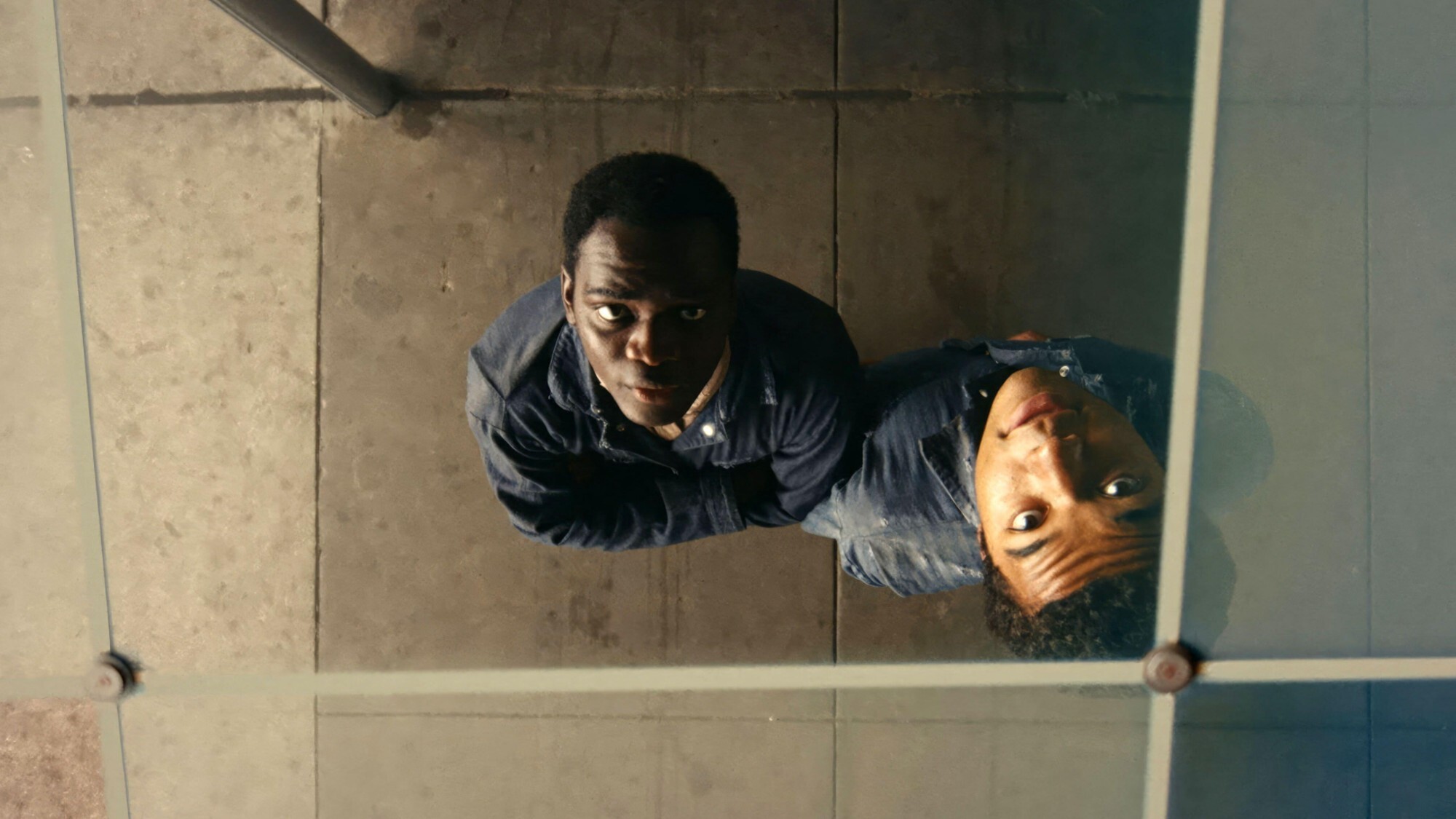 The ultimate films of 2025 by genre
The ultimate films of 2025 by genreThe Week Recommends From comedies to thrillers, documentaries to animations, 2025 featured some unforgettable film moments
-
 Political cartoons for January 3
Political cartoons for January 3Cartoons Saturday's political cartoons include citizen journalists, self-reflective AI, and Donald Trump's transparency
-
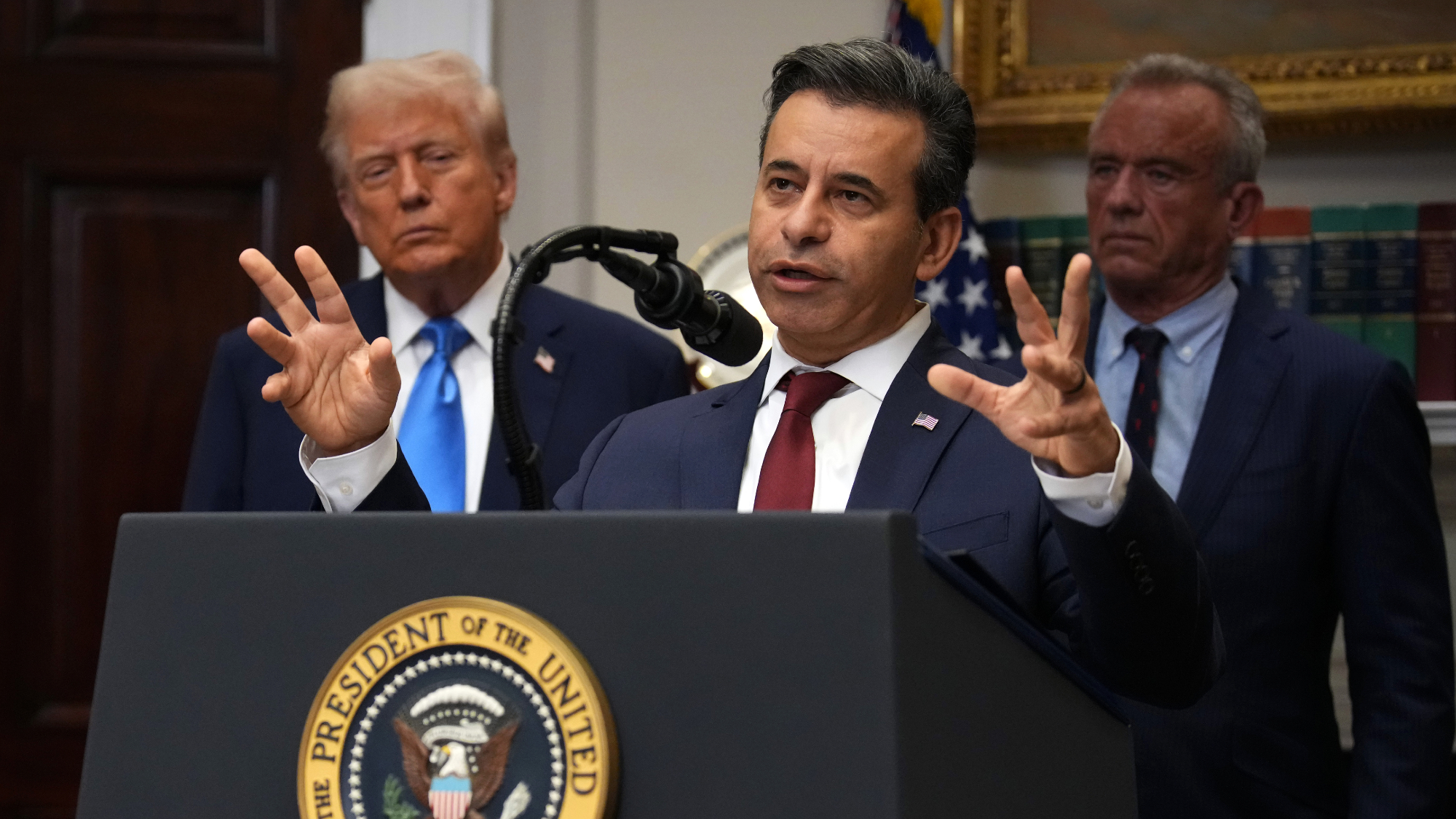 FDA OKs generic abortion pill, riling the right
FDA OKs generic abortion pill, riling the rightSpeed Read The drug in question is a generic version of mifepristone, used to carry out two-thirds of US abortions
-
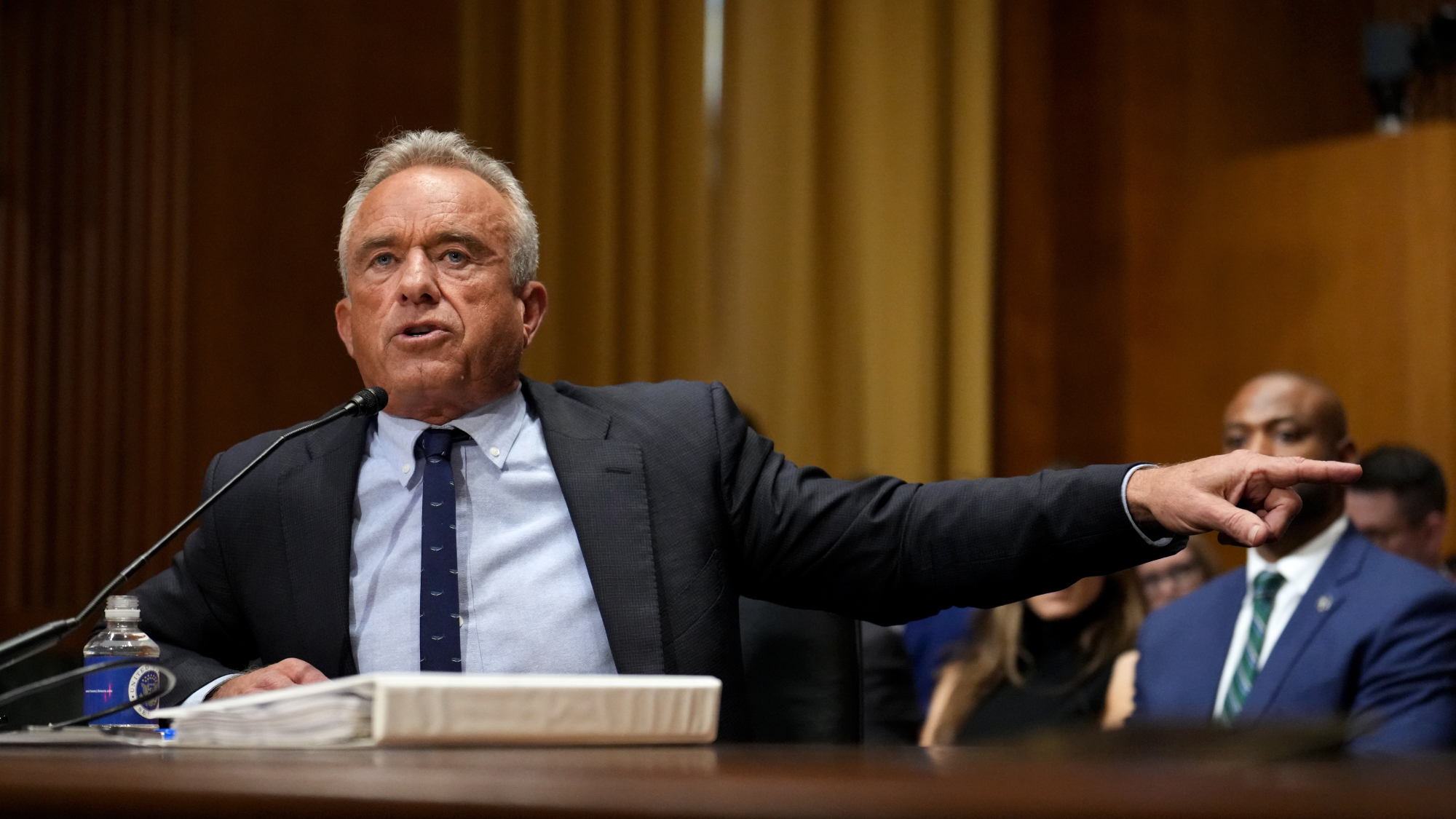 RFK Jr. vaccine panel advises restricting MMRV shot
RFK Jr. vaccine panel advises restricting MMRV shotSpeed Read The committee voted to restrict access to a childhood vaccine against chickenpox
-
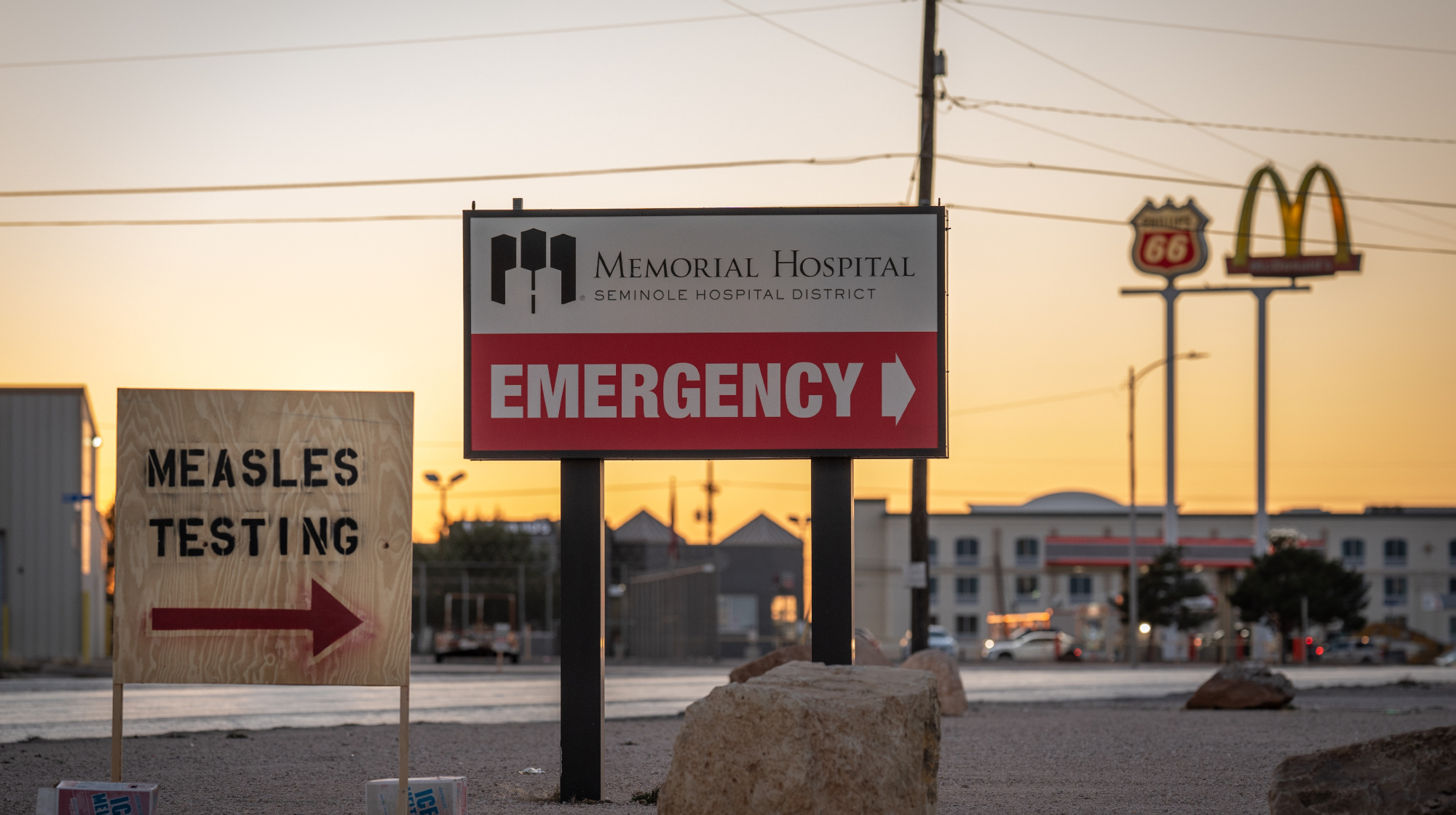 Texas declares end to measles outbreak
Texas declares end to measles outbreakSpeed Read The vaccine-preventable disease is still spreading in neighboring states, Mexico and Canada
-
 RFK Jr. shuts down mRNA vaccine funding at agency
RFK Jr. shuts down mRNA vaccine funding at agencySpeed Read The decision canceled or modified 22 projects, primarily for work on vaccines and therapeutics for respiratory viruses
-
 Measles cases surge to 33-year high
Measles cases surge to 33-year highSpeed Read The infection was declared eliminated from the US in 2000 but has seen a resurgence amid vaccine hesitancy
-
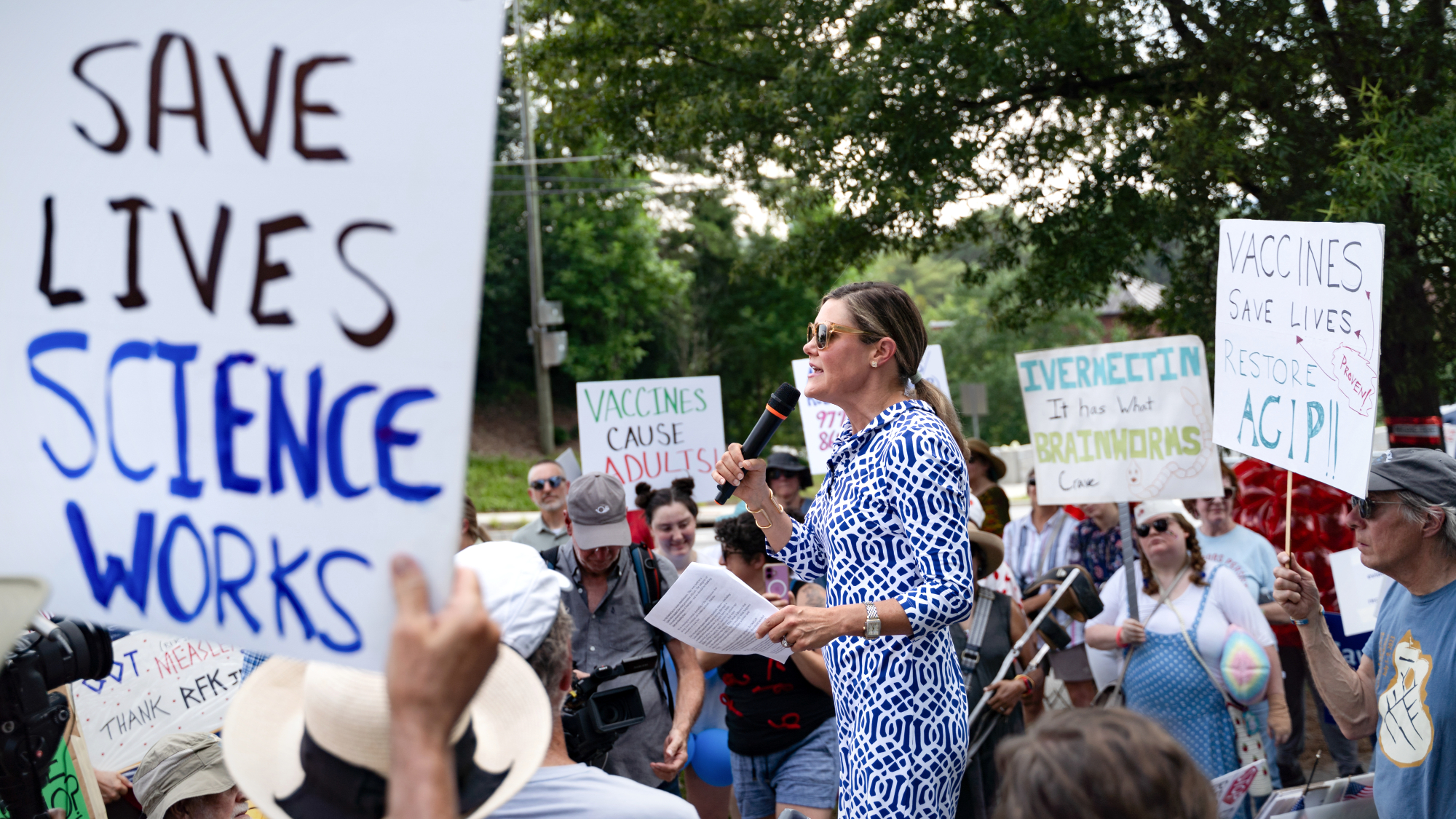 Kennedy's vaccine panel signals skepticism, change
Kennedy's vaccine panel signals skepticism, changeSpeed Read RFK Jr.'s new vaccine advisory board intends to make changes to the decades-old US immunization system
-
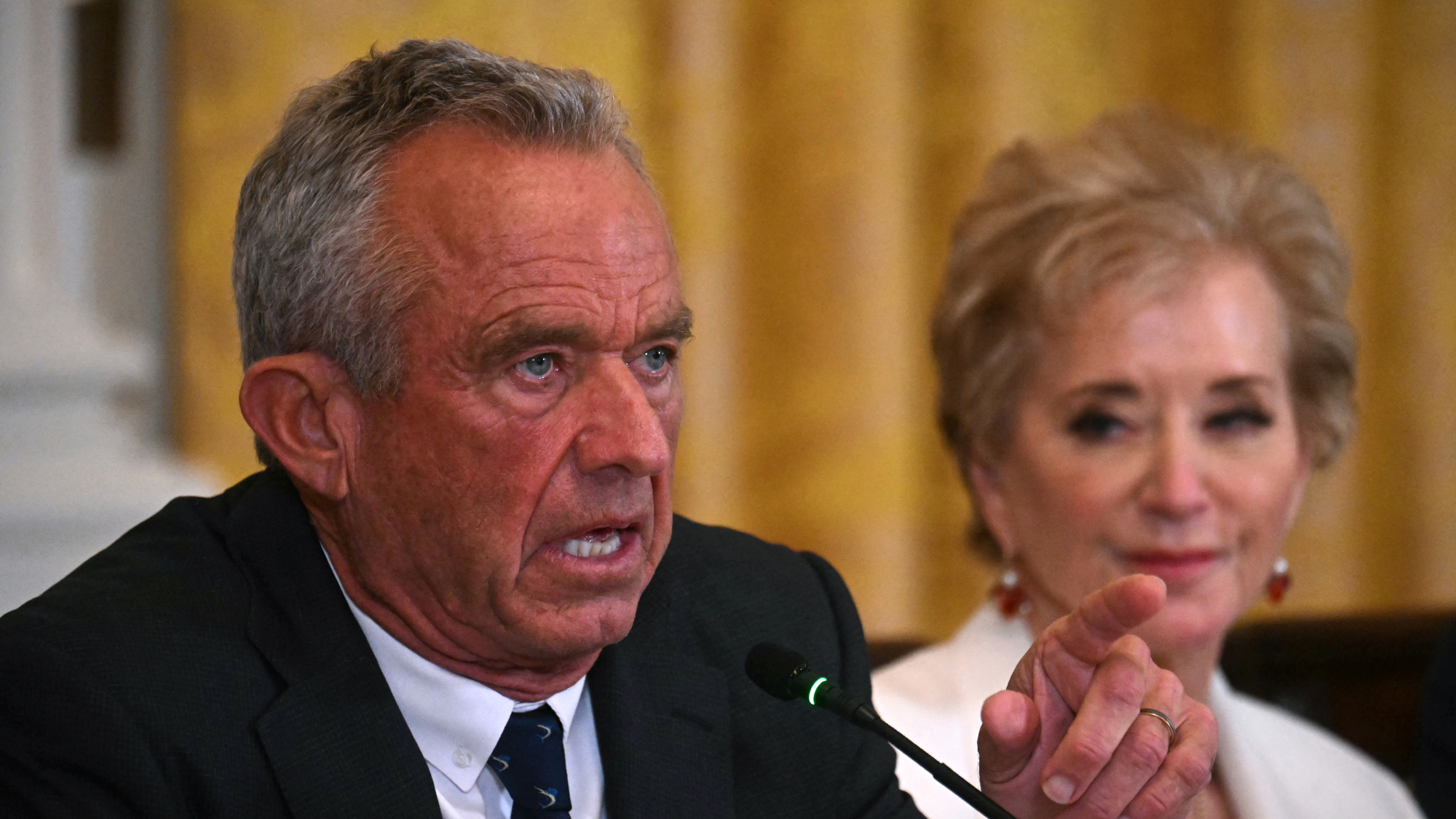 Kennedy ousts entire CDC vaccine advisory panel
Kennedy ousts entire CDC vaccine advisory panelspeed read Health Secretary RFK Jr. is a longtime anti-vaccine activist who has criticized the panel of experts
-
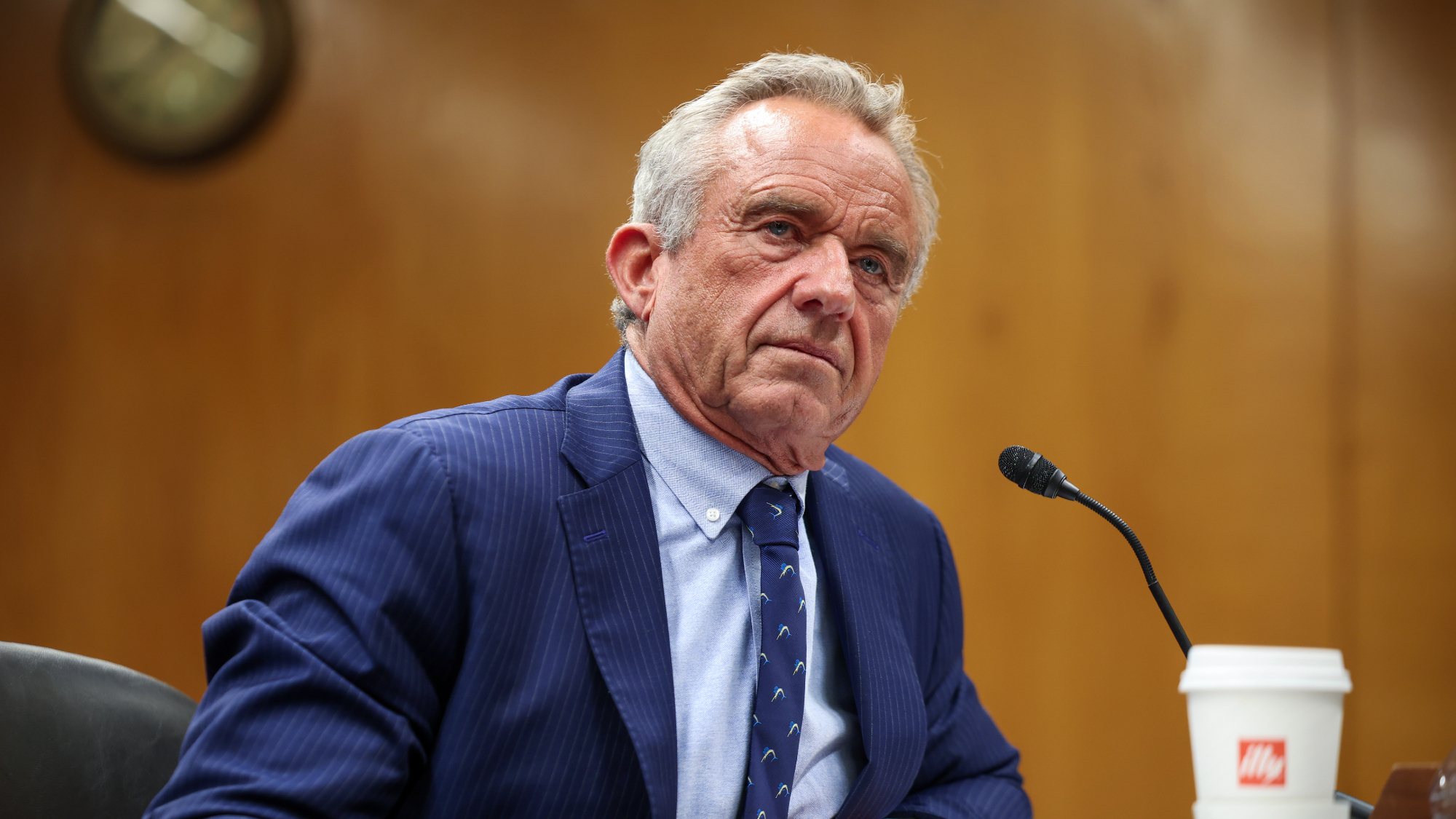 RFK Jr. scraps Covid shots for pregnant women, kids
RFK Jr. scraps Covid shots for pregnant women, kidsSpeed Read The Health Secretary announced a policy change without informing CDC officials
